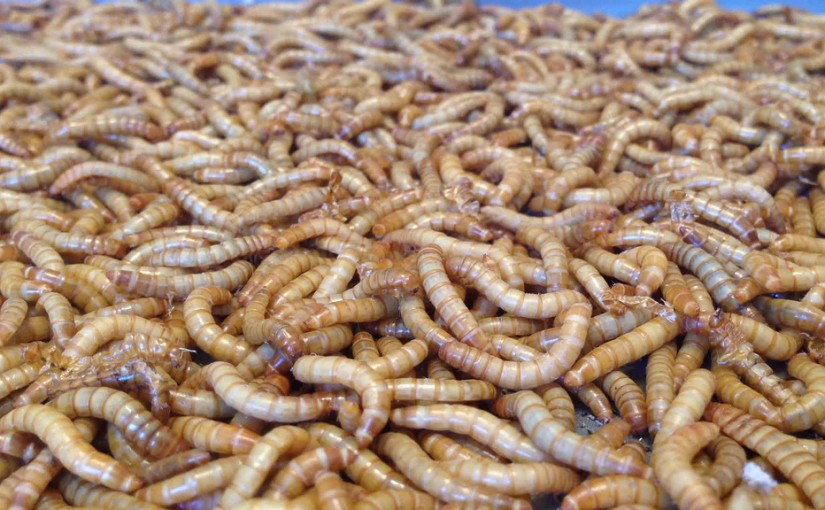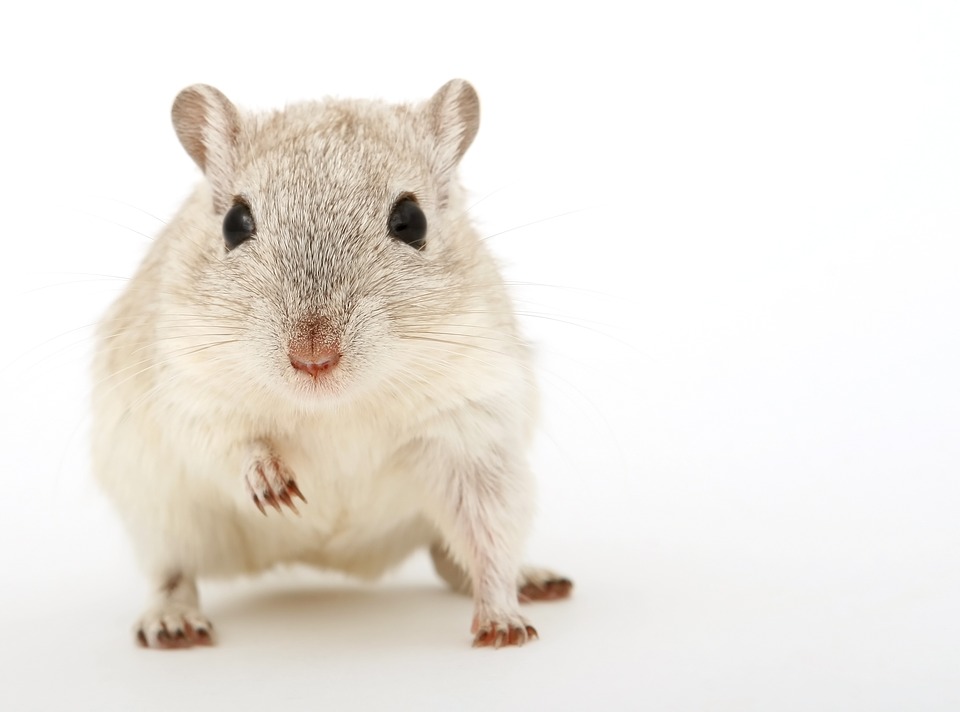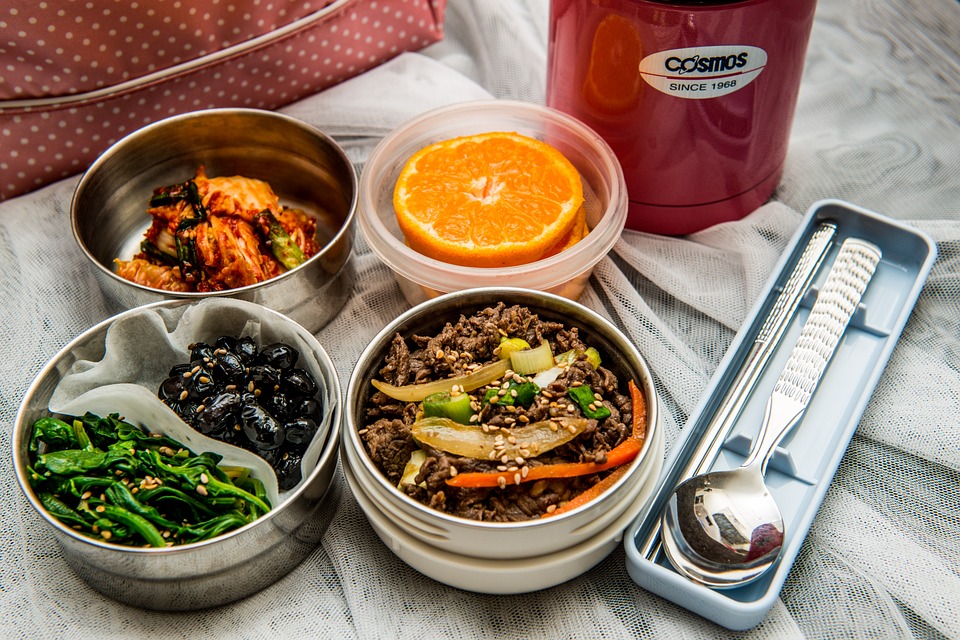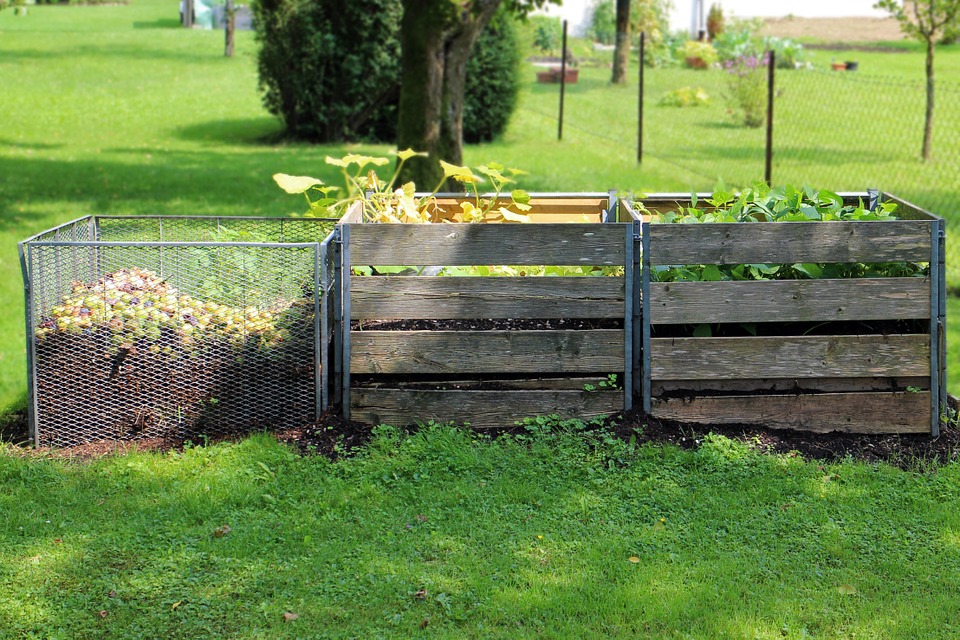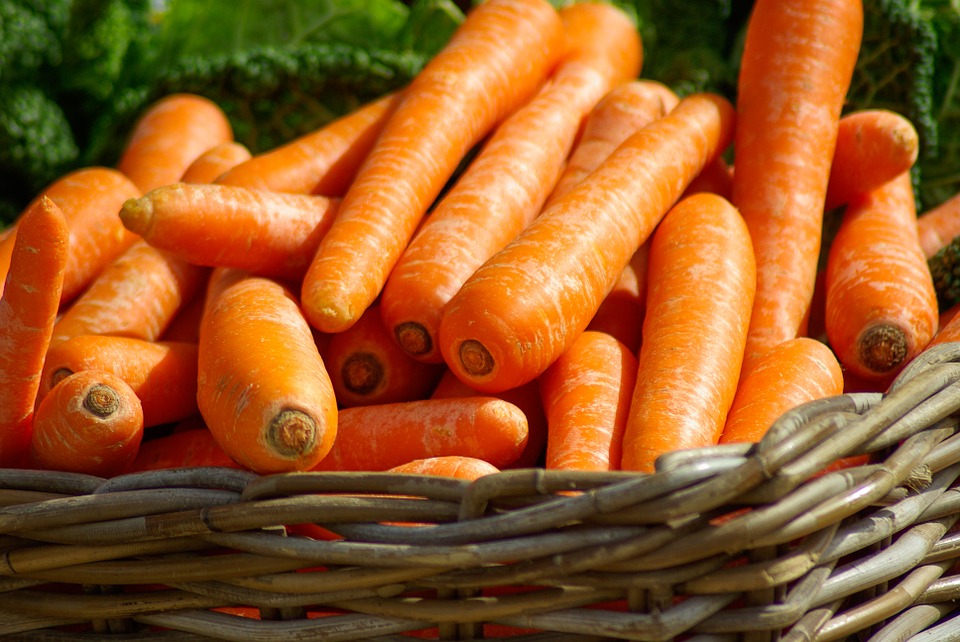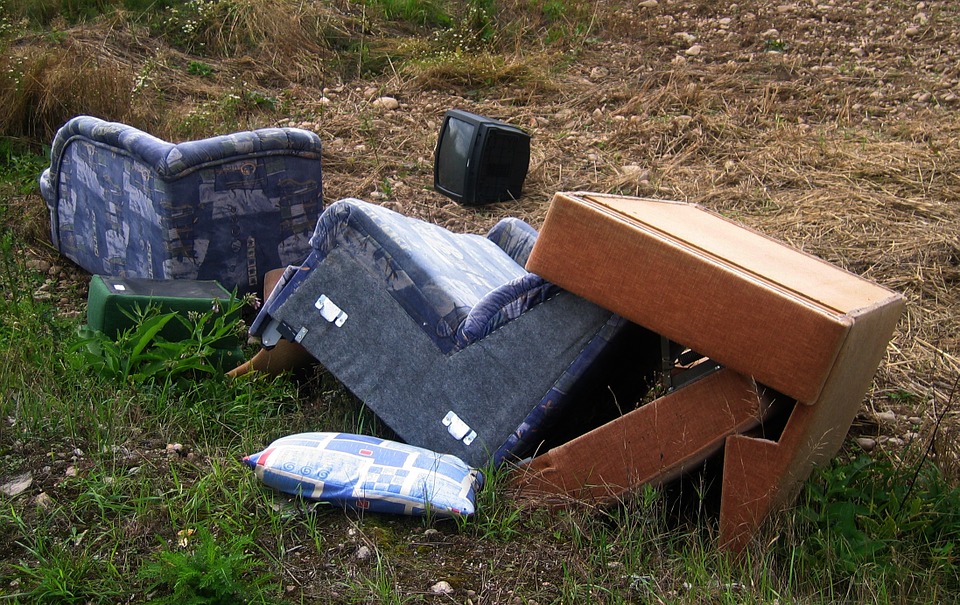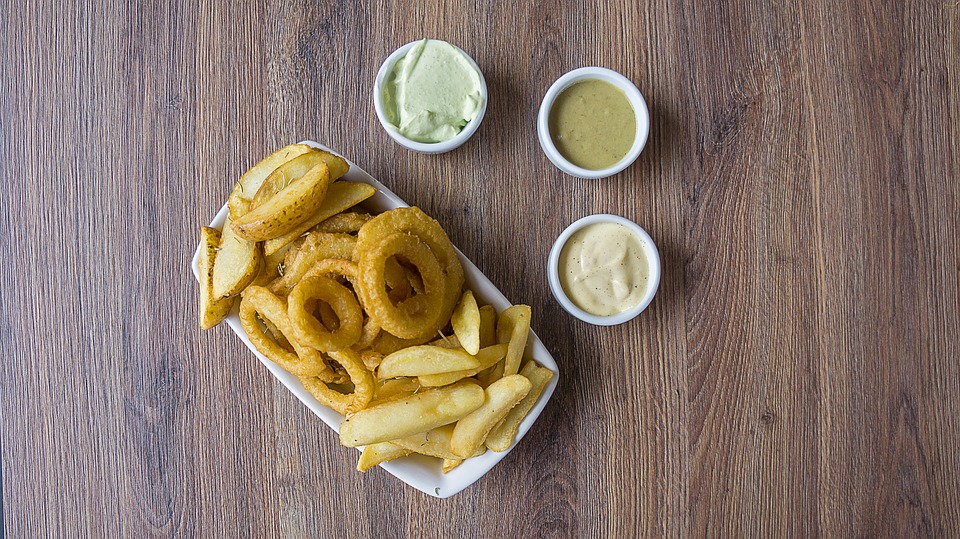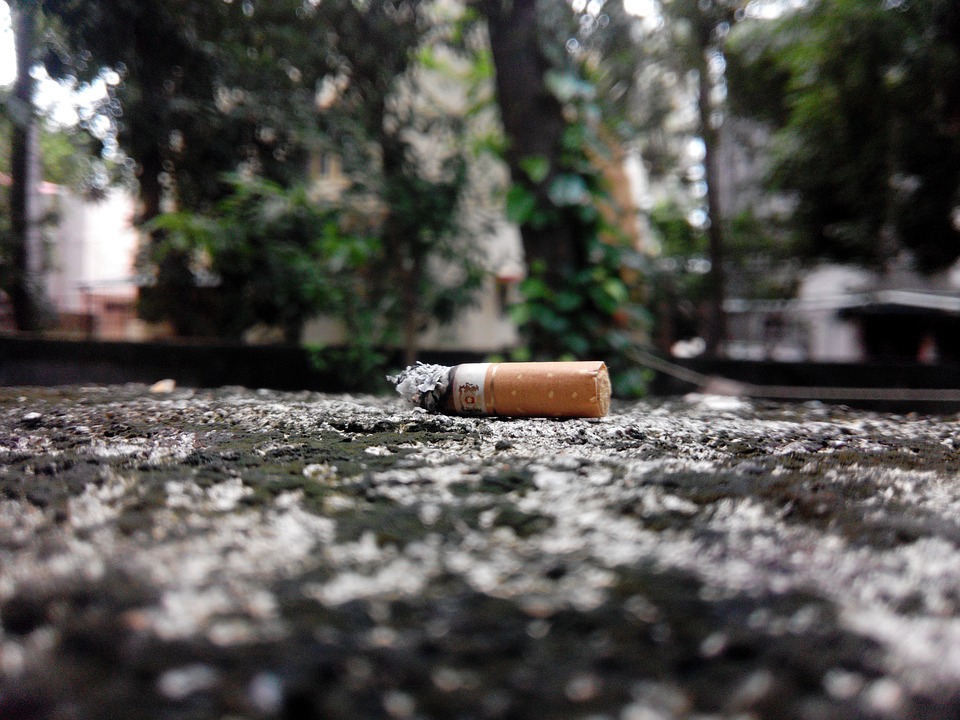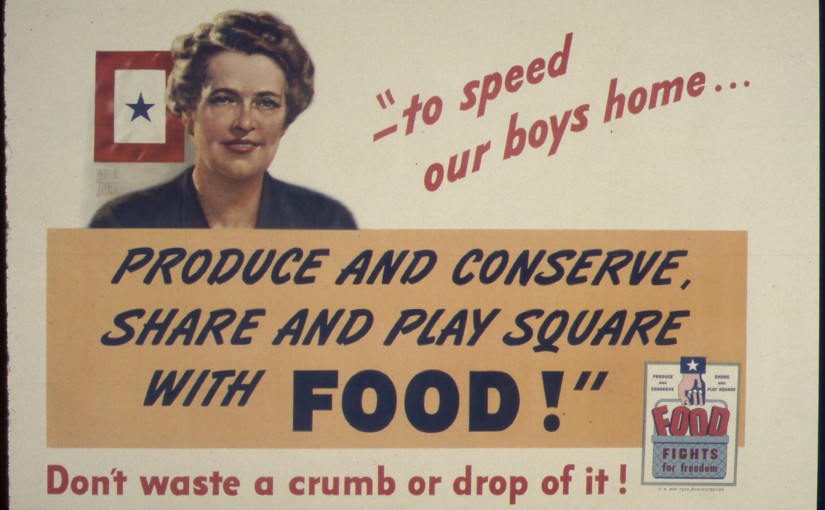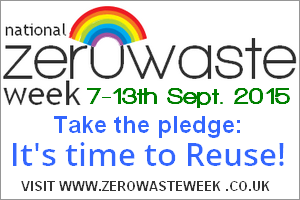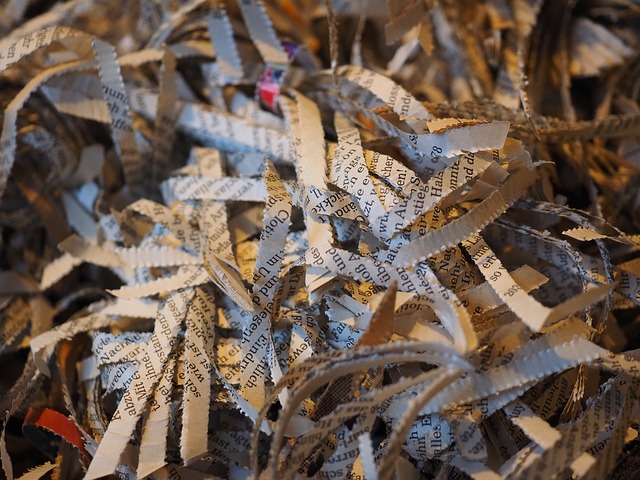With the plastic bag charge now firmly in place in England, most of us are very conscious of our plastic bag usage, and some of us have invested in reusable bags made of stronger plastic or other materials, such as fabric. However, are you aware of how much plastic you come in to contact with throughout the rest of your day, away from the supermarket aisles? The chances are, you’ve not given it much thought. 275,000 tonnes of plastic are used each year in the UK, which is equivalent to around 15 million bottles per day – and that’s just the ‘single use’ plastics.
This article takes a look at how normalised plastic has become, and how integrated it is within our daily lives. Below, we go through a typical day, highlighting where you would come into contact with this popular material.
Waking up
You are woken up by your alarm; this will either be a plastic alarm clock, or your mobile phone’s alarm feature – a mobile phone which is made of plastic, and may be in a plastic protection case, with a plastic screen protector on it too.
Your bathroom is really full of plastics: toothbrush, toothpaste tube, shower gel containers, shampoo and conditioner bottles, razors, soap dish, toilet brush… the list goes on. Some bathroom products, such as shower gel, will contain hidden plastics such as microbeads too.

Meals: breakfast, lunch and dinner
Aside from some fresh fruit and vegetables, the chances are that most of your food items come in either plastic packaging or glass jars.
If you go out for lunch during the working week, your lunch will probably be supplied in a plastic container. Your accompanying drink may also be in a plastic bottle, or a plastic cup with a plastic drinking straw. It may be handed over to you in a plastic bag, complete with a plastic knife and fork, or even plastic chopsticks. If you eat a packed lunch prepared at home, it might be contained in a Tupperware box, or a plastic sandwich bag. Bag of crisps? Plastic. Chocolate bar or biscuits? Plastic.
If you’re cooking at home, you may wash up after your meal using washing up liquid from a plastic bottle and clean your work surfaces down with a plastic spray bottle of antibacterial liquid. Your kitchen sponge is often made of plastic too.
Is it any surprise the use of plastic in Western Europe is growing at a rate of 4% per year? It has become so integrated in to society, it is now hard to image life without it.
The working day

Now think about your professional environment. Offices contain plastic computers, with monitors, keyboards and mice all made from… you guessed it – plastic! Desks can be coated in plastic. Electrical wires are covered in plastic. The chair you sit on at work is made from plastic. The covers on notepads are often made of plastic. The communal water filter jug is the same material – as is the coffee machine. You might have plastic cups supplied. Pens and other stationery are plastic too. As is the telephone you use, and the hands free earpiece!
If you are a nurse, for example, many medical supplies are plastic, and supplied in sealed plastic packaging to maintain sterility. If you are a builder, you will wear a hat made of hard plastic all day. Whatever your occupation, you are guaranteed to have contact with this material.
Home time
Back at home, you might do some laundry. Think about what the detergent is bottled in – and the fabric softener. Then think about what you hang your washed clothes up on to dry. You could watch the (plastic) TV, play a game on your (plastic) Xbox, play with your child and their (plastic) toys, do some ironing with your (plastic) iron… whatever you do, it will be there, in your home.
Why does all of this matter?
Some plastics we reuse over and over again. Think about the last time you bought a new desktop computer; the chances are it was a long time ago. It is the single-use plastic items that are the real problem, and disposal of all plastics.
Not all recyclable plastic gets recycled – in fact, far from it. This means that some is sent to landfill: families in the UK throw, on average, 40kg of plastic into landfill per year, which could have been recycled. This needs to change.
Some plastic gets dropped and becomes litter, which ends up injuring wildlife and heading in to our oceans to wreak havoc there too. This is already causing huge environmental problems. The aim of this article is to get everyone to think more about the amount of plastic in their life, and make an effort to cut down on the ‘one use’, ‘throwaway’ items. When you do dispose of plastic, please do so thoughtfully – and always recycle!
Resources
Featured image credit: Pixabay


